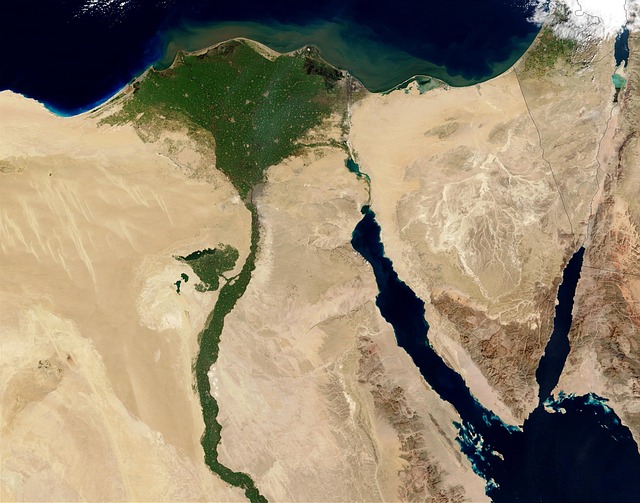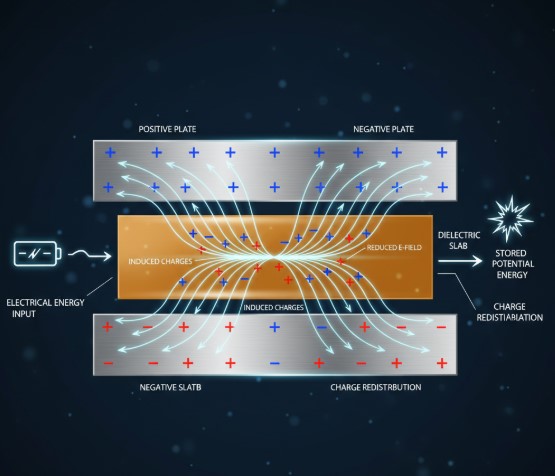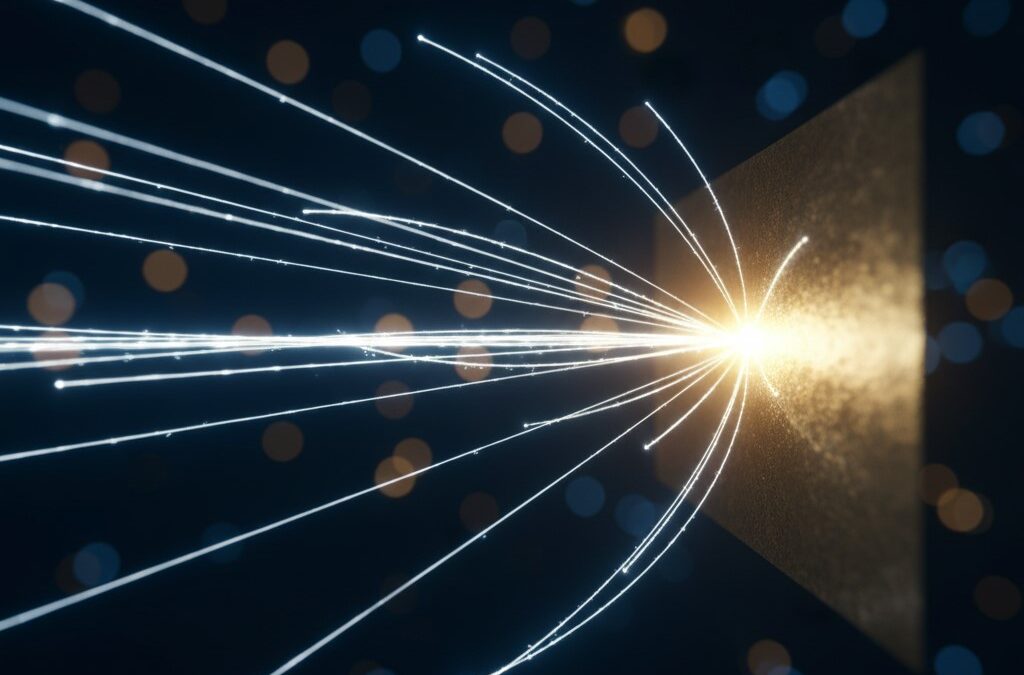This week’s spectacular light show over the southeastern US wasn’t a natural wonder; it was a defunct Chinese satellite, SuperView 1-02, hurtling back to Earth. Hundreds of stargazers witnessed this uncontrolled re-entry of dead satellite reentry, a vivid reminder of the growing problem of space debris. This uncontrolled re-entry of a defunct satellite highlights the critical need for better space regulations and responsible space operations. The event, while harmless to those on the ground, underscores the growing problem of uncontrolled space junk and the need for improved protocols.
The SuperView 1-02 satellite, a piece of space junk, was part of a constellation designed for civilian remote sensing. Unfortunately, its initial orbit was flawed, requiring adjustments. This highlights the importance of precise orbital calculations in space missions. Consequently, its eventual uncontrolled re-entry into Earth’s atmosphere became a source of concern, prompting discussions about space debris management and the need for better protocols to ensure safe re-entry procedures. This incident, therefore, is a critical case study in the growing issue of orbital debris.
Table of Contents
- The SuperView 1-02 Satellite: A Case Study in Orbital Debris
- The Problem of Uncontrolled Re-entries
- Solutions and Future Trends in Space Debris Management
- International Cooperation for a Safer Space
- The Need for Responsible Space Practices
- Conclusion: A Call for Action
- Space Debris: A Growing Concern
- Future of Space Operations
- Uncontrolled Satellite Re-entry: A Critical Look at Space Debris Management
We also Published
“The uncontrolled re-entry of defunct satellites highlights the urgent need for improved space debris management.”
Across the southeastern United States, hundreds of stargazers witnessed a spectacular light show earlier this week. This wasn’t a natural phenomenon, but rather the uncontrolled re-entry of a defunct Chinese satellite. The satellite, a piece of space junk, blazed through the atmosphere over New Orleans, leaving a trail of light visible across several states. While harmless to those on the ground, this incident highlights the growing problem of uncontrolled space debris and the need for better space regulations. This uncontrolled re-entry of a defunct satellite is a stark reminder of the importance of responsible space operations and the need for better regulation of non-operational space junk.
The re-entry of the satellite, which was identified as the SuperView 1-02, caused a flurry of reports and discussions online. Many people shared their observations of the bright streaks across the night sky. The American Meteor Society, while initially classifying the event as a non-fireball, later confirmed its origin. This event underscores the critical issue of space debris management, and the need for better protocols to ensure safe re-entry procedures.
The SuperView 1-02 Satellite: A Case Study in Orbital Debris
The SuperView 1-02 satellite, operated by a Beijing-based company, was launched in 2016. It was part of a constellation of satellites designed for civilian remote sensing. Unfortunately, the satellite’s initial orbit was incorrect, requiring adjustments to ensure its intended function. This highlights the importance of precise orbital calculations and careful planning in space missions. The satellite was eventually decommissioned and its uncontrolled re-entry into Earth’s atmosphere became a source of concern.
The re-entry of SuperView 1-02 underscores the growing concern over the increasing amount of space debris. This uncontrolled re-entry highlights the need for better practices in space operations, including the development of procedures for safe decommissioning of satellites. The satellite’s re-entry also serves as a reminder of the potential dangers associated with uncontrolled space debris and the need for international cooperation to manage it effectively.
The Problem of Uncontrolled Re-entries
The uncontrolled re-entry of SuperView 1-02 is a stark reminder of the dangers of space debris. There are thousands of pieces of orbital debris currently tracked by global monitoring systems, and countless smaller pieces that remain undetected. These pieces, even tiny micrometeoroids, pose a threat to active spacecraft in orbit. The risk of collisions and damage is a serious concern, and underscores the importance of safe re-entry procedures for all satellites.
The uncontrolled re-entry of the satellite highlights the lack of proper regulations and protocols for the safe decommissioning of satellites. The potential for collisions and damage is a serious concern, and underscores the need for international cooperation to establish and enforce standards for responsible space operations. The problem of uncontrolled re-entries demands immediate attention and a comprehensive approach to managing space debris.
Solutions and Future Trends in Space Debris Management
The European Space Agency (ESA) is working on innovative solutions to reduce space debris. Their DRACO project, scheduled for launch in 2027, aims to gather crucial data on satellite re-entry. This project will provide valuable insights into the science of re-entry, enabling the development of safer and more sustainable space operations. The project is a step towards a future where spacecraft can be decommissioned safely and efficiently, minimizing the risk of collisions.
The ESA’s DRACO project is a significant step forward in addressing the issue of space debris. By studying satellite re-entry, the project aims to develop better strategies for managing and mitigating the risks associated with space debris. This project is not just about protecting existing satellites, but also about paving the way for a more sustainable and responsible future of space exploration. This project is a testament to the importance of research and development in addressing the challenge of space debris.
International Cooperation for a Safer Space
The incident highlights the need for international cooperation in managing space debris. A unified approach to regulating satellite operations and re-entry procedures is crucial. International agreements and standards are essential to ensure responsible space activities and minimize the risk of collisions and damage. Such agreements will foster a more sustainable and safe environment for space exploration.
International cooperation is essential to address the growing issue of space debris. Establishing shared guidelines and regulations for satellite operations and re-entry procedures is critical. This will create a safer and more sustainable space environment for future generations. International cooperation is a crucial step towards a more responsible and collaborative future in space exploration.
The Need for Responsible Space Practices
The re-entry of SuperView 1-02 serves as a reminder of the importance of responsible space practices. Operators must prioritize the safe and controlled re-entry of defunct satellites. This includes developing strategies for controlled re-entry and ensuring compliance with international regulations. Such practices will help prevent uncontrolled re-entries and minimize the risk of space debris.
This incident underscores the importance of responsible space practices. Satellite operators must prioritize the safe decommissioning of their spacecraft. This includes developing strategies for controlled re-entries and adhering to established international regulations. This will help prevent uncontrolled re-entries and minimize the risk of collisions and damage in space.
Conclusion: A Call for Action
The uncontrolled re-entry of SuperView 1-02 highlights the urgent need for improved space debris management. International cooperation, responsible space practices, and technological advancements are crucial to ensuring a safe and sustainable future in space. The need for better regulations and protocols is paramount to preventing future incidents and ensuring the long-term safety of space operations.
The incident serves as a call to action for all stakeholders in the space industry. International cooperation, responsible practices, and advancements in technology are essential to ensure a safe and sustainable future in space. The need for better regulations and protocols is paramount to preventing future incidents and ensuring the long-term safety of space operations. The future of space exploration depends on our collective commitment to responsible space practices.
Space Debris: A Growing Concern
The growing amount of space debris poses a significant threat to ongoing space operations. The uncontrolled re-entry of defunct satellites highlights the urgent need for improved space debris management strategies. This includes developing better methods for tracking and removing debris, and implementing stricter regulations for satellite operations. The growing concern over space debris underscores the need for a comprehensive approach to managing the risks associated with space debris.
The increasing amount of space debris is a growing concern for the future of space exploration. The uncontrolled re-entry of satellites like SuperView 1-02 underscores the need for better strategies for managing and mitigating the risks associated with space debris. This includes developing better methods for tracking and removing debris, and implementing stricter regulations for satellite operations. The future of space exploration depends on our collective commitment to managing space debris effectively.
Future of Space Operations
The future of space operations hinges on our ability to manage space debris effectively. Improved tracking, removal technologies, and responsible re-entry procedures are crucial to ensuring a safe and sustainable space environment. International cooperation and technological innovation are essential to mitigate the risks associated with space debris. The future of space exploration hinges on our ability to manage space debris effectively.
The future of space operations relies on a comprehensive approach to managing space debris. Improved tracking systems, advanced removal technologies, and responsible re-entry procedures are essential to ensuring a safe and sustainable space environment. International cooperation and technological innovation are crucial to mitigate the risks associated with space debris. The future of space exploration hinges on our ability to manage space debris effectively.
| Topic | Summary |
|---|---|
| Uncontrolled Satellite Re-entry | The SuperView 1-02 satellite, a defunct Chinese satellite, re-entered Earth’s atmosphere uncontrolled, creating a spectacular light show across the southeastern US. This event highlights the growing problem of space debris and the need for better space regulations and responsible space operations. |
| Space Debris Management | The incident underscores the growing concern over the increasing amount of space debris, which includes thousands of tracked pieces and countless smaller, undetected ones. These pose a threat to active spacecraft in orbit, emphasizing the need for safe re-entry procedures and international cooperation to manage space debris effectively. |
| SuperView 1-02 Satellite Details | Launched in 2016 by a Beijing-based company, SuperView 1-02 was part of a civilian remote sensing constellation. Initial orbital errors and subsequent decommissioning led to its uncontrolled re-entry. This highlights the importance of precise orbital calculations and careful planning in space missions. |
| Solutions and Future Trends | The European Space Agency (ESA)’s DRACO project, scheduled for 2027, aims to gather data on satellite re-entry, enabling the development of safer and more sustainable space operations. This is a step towards a future where spacecraft can be decommissioned safely, minimizing the risk of collisions, and addressing the challenge of space debris. |
| International Cooperation | International cooperation is crucial for managing space debris. A unified approach to regulating satellite operations and re-entry procedures is vital to ensure responsible space activities and minimize the risk of collisions and damage, fostering a more sustainable and safe environment for space exploration. |
| Responsible Space Practices | Satellite operators must prioritize the safe and controlled re-entry of defunct satellites, developing strategies for controlled re-entry and ensuring compliance with international regulations. This is essential to prevent uncontrolled re-entries and minimize the risk of space debris. |
| Growing Concern: Space Debris | The increasing amount of space debris is a significant threat to ongoing space operations. The uncontrolled re-entry of satellites highlights the need for improved space debris management strategies, including better tracking methods, removal technologies, and stricter regulations for satellite operations. |
| Future of Space Operations | The future of space operations depends on effective space debris management. Improved tracking, removal technologies, and responsible re-entry procedures are crucial for ensuring a safe and sustainable space environment. International cooperation and technological innovation are essential to mitigate the risks associated with space debris. |
Uncontrolled Satellite Re-entry: A Critical Look at Space Debris Management
- The SuperView 1-02 Incident: A defunct Chinese satellite, SuperView 1-02, re-entered Earth’s atmosphere, creating a spectacular but uncontrolled light show. This event highlights the growing problem of space debris and the urgent need for better regulations and responsible space operations.
- Space Debris: A Growing Concern: The incident underscores the significant issue of uncontrolled space junk. Thousands of tracked pieces of debris, and countless more untracked, pose a threat to active spacecraft and underscore the need for safe re-entry procedures.
- Orbital Debris Management: A Case Study: The SuperView 1-02 satellite’s flawed initial orbit, requiring adjustments, is a crucial case study. Precise orbital calculations and careful planning are essential in space missions to prevent uncontrolled re-entries.
- Responsible Space Practices: The re-entry emphasizes the importance of responsible space practices. Operators must prioritize the safe decommissioning of satellites, including strategies for controlled re-entries and compliance with international regulations.
- International Cooperation: A Necessity: International cooperation is critical in managing space debris. Shared guidelines, regulations, and standards for satellite operations and re-entry procedures are necessary to ensure a safe and sustainable space environment.
- Technological Advancements: Innovative solutions, like the ESA’s DRACO project, are crucial in addressing space debris. Research and development in satellite re-entry and debris removal are key to a sustainable future.
We also Published
RESOURCES
- Dead satellite crashes into Earth on Wednesday
- Defunct NASA satellite reenters
- Dead satellites are filling space with trash. That could affect …
- Where Do Old Satellites Go When They Die?
- ESA shares pics of dead satellite tumbling towards Earth
- Dead satellite will crash to Earth next week – and scientists …
- Satellite predicted to crash into Earth
- Old satellite to burn up over Pacific
- How Often Do Satellites Crash Back to Earth and Are There …
- Dead satellite’s assisted re-entry
- Dead NASA satellite crash








0 Comments